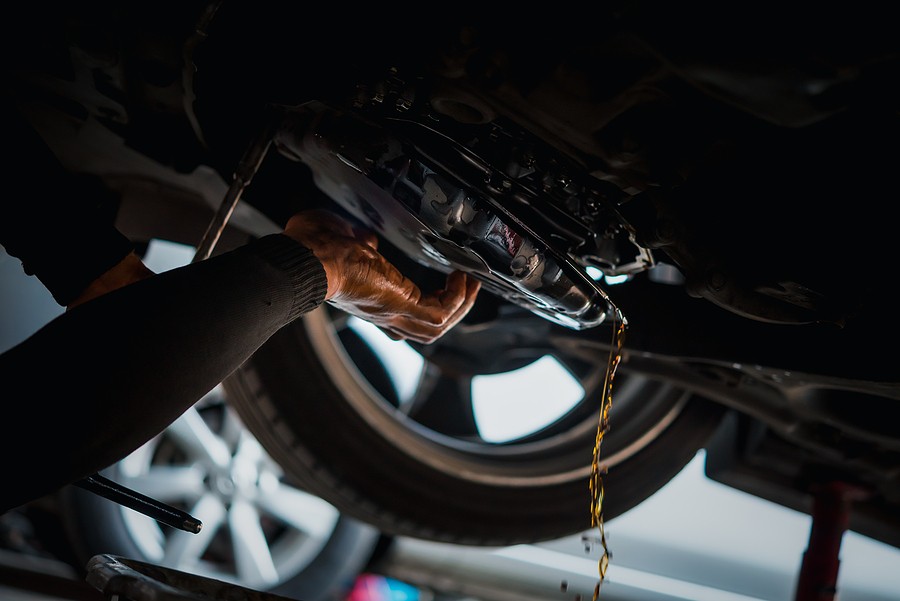You may not realize it, but your transmission fluid is an important part of your car. It helps to lubricate the gears and other moving parts in your vehicle's automatic or standard transmission system. If you fail to check the level regularly, you might experience problems with shifting gears, noise from clunking during acceleration, and more!
The following article will show you how to check for low levels of transmission fluid in a step-by-step fashion. Let's get started!

What is the transmission fluid for, and what does it do?
The transmission fluid is your car's automatic or standard transmission lifeblood. It flows through conduits and hoses to lubricate gears, bearings, pumps, pistons, and other moving parts within the gearbox. Without it, worn-out parts cause friction, resulting in excessive heat- one of the main reasons for “mystery” leaks and breakdowns.
The fluid also helps cool and clean the transmission system by absorbing spent or burnt fluid and filtering particles such as metal shavings from other engine parts that come into contact with the gearbox.
There are two main types of transmission fluid used in cars today:
Dry-Clutch Transmission Fluid (If equipped)
Most modern manual transmissions fall into this category. However, it is also found on wet clutch systems where the gearbox is completely open to the air, allowing water and dirt particles to enter freely.
A fluid reservoir can identify this system with two separate lines, one for the gearbox and another for the clutch assembly.
Wet-Clutch Transmission Fluid
This is known as Automatic Transmission Fluid (ATF) in most cars today, including selective power steering systems that are either hydraulically or electrically driven. ATF is also used on many cars with an automatic gearbox, even if no clutch is used.
This system has a single reservoir and dual hoses- one for the transmission fluid and another for the hydraulic system.
How to check your transmission fluid level? a step-by-step guide!
Checking the transmission fluid level is not a complicated process. However, it must be done with extreme caution. You should always consult your manual for personalized instructions on checking the fluid level in your car.
The following are step-by-step instructions on how to check your car's transmission fluid level.
#1: prepare your tools
the first thing you need to check is the transmission fluid level is a good pair of gloves. If your car's manual says that you should use gloved hands, be sure to grab a pair of them before beginning.
You will also need a flashlight so you can see under the car and around the transmission itself without having to turn on any harsh overhead lights.
#2: choose your working area
Before you proceed, pick an area where you can work without any distractions. During this process, you need to know that the vehicle has to be in “Neutral” or Park”- not in Drive or Reverse.
You should also make sure that your car is parked on a level spot- preferably a paved surface with no inclines. Remember that the fluid level is measured with the vehicle on a flat surface.
The parking brake should be set to keep your car from moving and prevent any contact between the axle and transmission assembly.
#3: move your car away from the wall
be sure that the front tires are about 4″ away from the curb or any sturdy object. This will prevent damage if you accidentally drop something underneath your vehicle. Also, remember to put it in neutral!
#4: position yourself around the back of your car
Before checking anything under your vehicle, stand behind it so you can see where everything is located. Peer beneath the rear bumper across towards both sides of your transmission at once- two filler tubes are coming out of the transmission.
#5: locate your car's manual pan
The manual pan is where all of the fluid is stored in your car before entering the main transmission assembly inside. It is usually located underneath your vehicle, just in front of the rear axle. It is often obscured by a plastic shield that protects it from road debris and other environmental hazards.
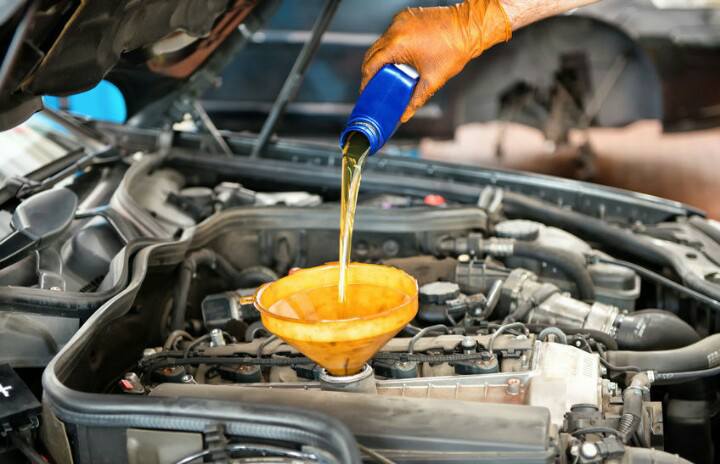
#6: shine your light into the “manual pan.”
Be ready to use two hands once you have lifted the cover off of this area to keep it from falling under its weight and causing injury- for example, to yourself! Look carefully around the filler tube and remove any excess gunk or dirt accumulated around or on top of the transmission.
#7: Check your fluid level
The fluid level should be about halfway up on the metal tube, known as the “filler tube.” It is directly connected to your vehicle's manual pan area- so you are looking at it from below.
The first thing you do is look for any cracks or damage on this piece of equipment. If there is no obvious damage, continue checking whether any contaminants have entered into the system by tasting a sample of what comes out of the filler tube. Always remember that if you have doubts about how clean it tastes, contact someone else who has more experience in doing this task.
If all looks good under your car, recheck using two hands and with your transmission in the park. Make sure that the area is clean and free of dirt before starting this step.
You may want to check your vehicle's manual for more specific information on how much fluid should come out when you pull the filler tube away from its place.
If, after checking twice, the level looks fine, put everything back together and get ready to move on to checking your car's transmission fluid level in drive or reverse!
#8: check your car's transmission fluid level again
You need to start this process by placing your car in “Reverse” gear- just in case something goes wrong when you disconnect the filler tube from whatever it secures into under the hood. This will prevent any damage to the car and keep you and your vehicle safe.
Checking fluid levels in this mode means looking at a clear, plastic tube that runs between both sides of the transmission area. This is because the fluid level should be about halfway up on the filler tube inserted into this area through shifting gears back and forth from the park to the reverse (and then back again).
#9: check one more time for good measure
Always take another look after checking your first two times- to be sure. This last check should also include going over everything with a clean cloth, ensuring no contaminants or dirt are sticking around any of these areas before putting it all back together.
#10: pat yourself on the back!
You have just checked your car's transmission fluid level and kept it operating safely, so you don't have to worry about any damage being done. You are well on your way to understanding the problems that might arise if the levels are inaccurate, why it is important to check them regularly, and how to eliminate these issues for good.
Remember- the instructions given in the article above are general guidelines only. It Beforearting any repairs or maintenance work on your vehicle, no matter how minor or major, it is good practice to consult a professional mechanic beforehand. Always take safety precautions when working underneath a car!
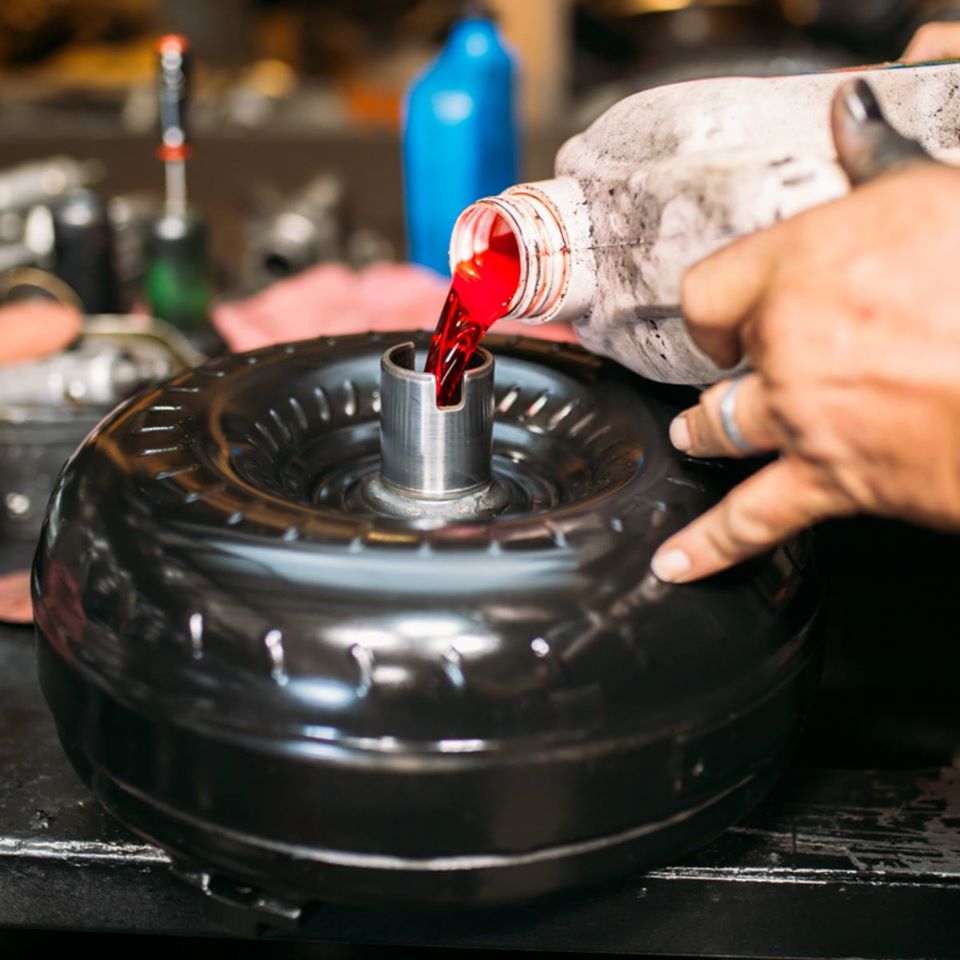
Symptoms of low levels of transmission fluid
One of the most important things to keep in mind is the effects of low levels on your car. So let's discuss some of them here:
When this occurs, it will cause the transmission to overheat and burn up bearings and other parts that can lead to further damage, such as a complete replacement of the component itself! If you neglect to check fluid levels, these issues may arise- and it will cost you a lot more money to fix later on.
Here are the most common symptoms of low levels of transmission fluid:
#1: overheating
If your car is overheating and you see smoke coming from under the hood, it's best to pull over immediately and call for roadside assistance. Do not drive any further until everything has been looked at, so if there is a leak somewhere, the problem can be pinpointed and repaired as soon as possible before more damage is done.
#2: grinding or knocking noise while shifting gears
You may hear these kinds of sounds when trying to shift gears- they can be very alarming! When you experience this, stop driving immediately and pull over somewhere safe before calling for assistance. Even if the sound only lasts for a brief moment, it could lead to serious damage further down the road- resulting in costly repairs that could've been prevented by simply checking fluid levels regularly.
#3: transmission not shifting properly
When you notice your vehicle having problems with shifting gears in its transmission, have it looked at by a professional mechanic right away. If ignored, there are chances of more damage being caused, costing you even more money to fix later on.
#4: parts and components becoming misaligned
If the transmission fluid has dried up and needs to be replaced, it can cause other parts to become misaligned. This may include causing your vehicle's wheel alignment to go out of whack- resulting in uneven tire wear. Not only this but steering and suspension issues may occur because of any misalignment with drive train components such as the driveshaft and rear axle.
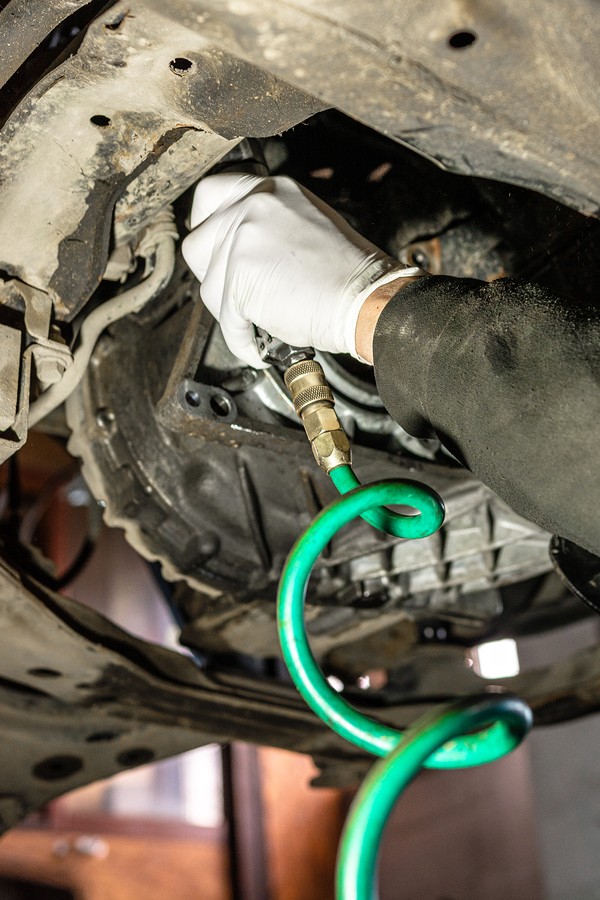
When should you be worried about your car's transmission system?
There are many reasons why you should be worried- and take action as soon as possible to avoid any further damage. For example, one of the most dangerous times is when your car is approaching its last leg in terms of mileage before a major tune-up is due. If ignored for too long, it may lead to bigger problems that were completely avoidable… all because you decided not to check fluid levels regularly! Here are some other important things to consider:
#1: if you've been losing track of how much time has gone by since your last checkup
If your car's transmission fluid hasn't been checked at least once every six months or so, there may be a build-up from dust and debris stuck inside the fluid, inhibiting it from flowing freely through the transmission system.
If you lose track of time and suddenly realize your car's been sitting in one place for a long period, this can cause rust to form inside components such as the transmission pan resulting in major damage to other parts! This is why regular checks are so important- especially when driving around Melbourne, where weather conditions can be unpredictable…
#2: if you notice signs of leakage on your garage floor or parked spots
If there has been a significant amount of leakage noticed around your parking spot- no matter how big or small it may be, don't ignore it! It may seem like a minor issue at first glance but neglecting it will only exacerbate the problem, which means you'll have to pay more money later on.
#3: if you drive for a living and don't have the luxury of time to take your car in regularly
If you've been driving professionally or as a full-time job, you must follow safety precautions by having your transmission fluid checked regularly, even when there doesn't seem to be any cause for concern! Driving for work can be dangerous enough, so every little thing counts! That is why regular checks are necessary no matter what type of vehicle you may have because any problem can lead to bigger issues that will ultimately cost you more time and money.

Tips on how to avoid problems with your car's automatic or standard transmission systems in the future.
By being proactive, you can avoid issues from occurring in the first place by simply making it a habit to bring your car in for a checkup at least once every six months. Here are some additional tips:
#1: make multiple trips to your mechanic's shop spread apart over time
If one trip feels like too much of a hassle to make, it may be beneficial to spread your visits throughout the year, such as one in January, March, and June. This will help build up your car's value and give you peace of mind knowing that there is nothing wrong with your vehicle.
#2: ask about their cost breakdowns when booking
When your appointment with your mechanic, ask what each visit will cost. The last thing you want is to be blindsided when presented with a bill that wasn't explained beforehand! If one of the services seems like too much of a hassle, don't hesitate to inquire about their monthly special deals or coupons they may have available for discounts on certain services.
#3: use discounts and coupons whenever possible
If you've already gone over your car's service limit during the year, ask about any available discounts or coupons they may have before making a final decision on whether or not to go ahead with the appointment. Not only will this help keep your costs down, but it also helps build up goodwill with your mechanic.
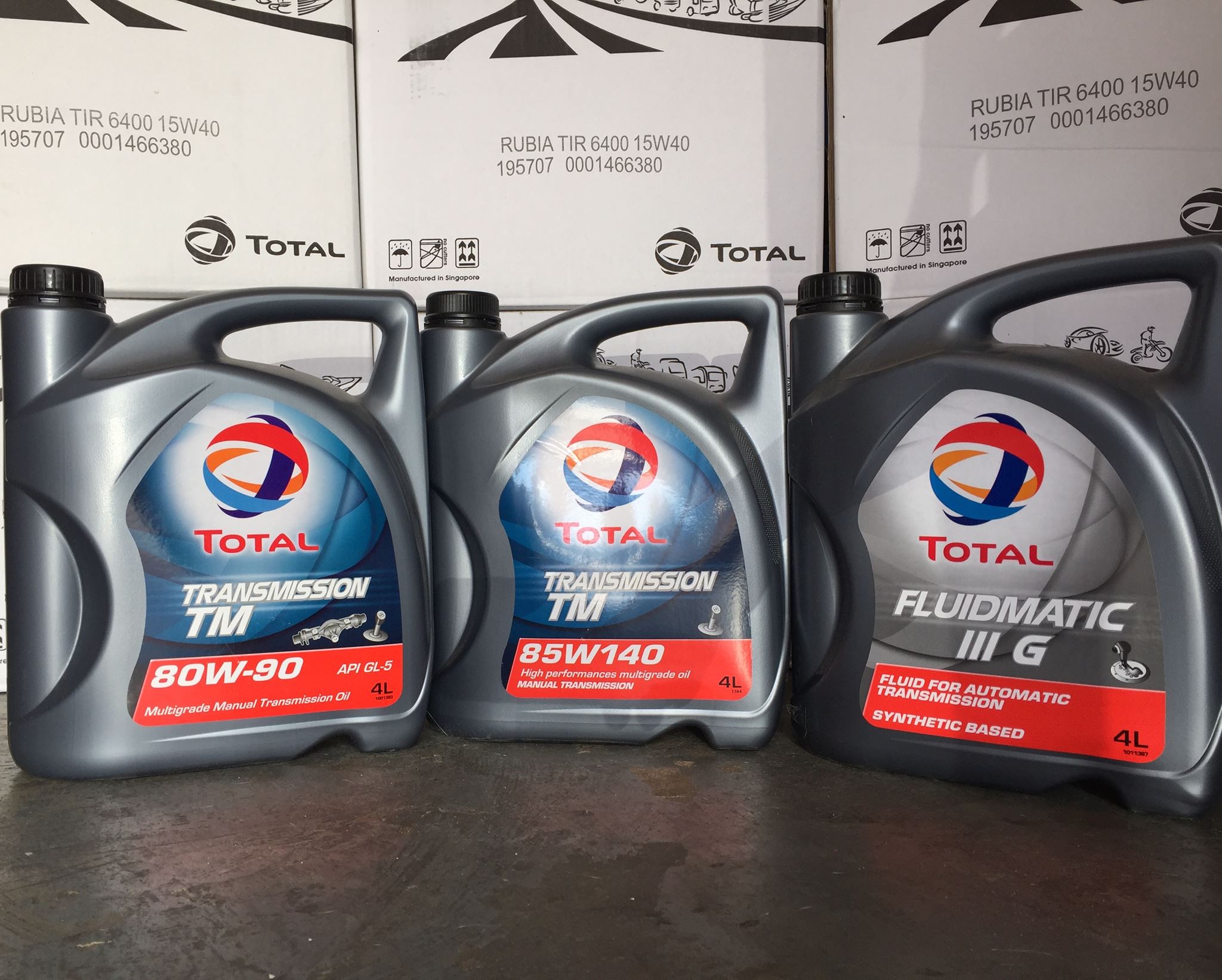
Conclusion
Like most people, you likely haven't been checking your transmission fluid levels regularly if you're like most people.
This can lead to big problems down the road if not addressed! In this article, we've outlined some tips on checking your car's transmission fluid level and what to do if there are any signs of leakage.
By following these simple steps, you can avoid major damage and costly repairs in the future.

